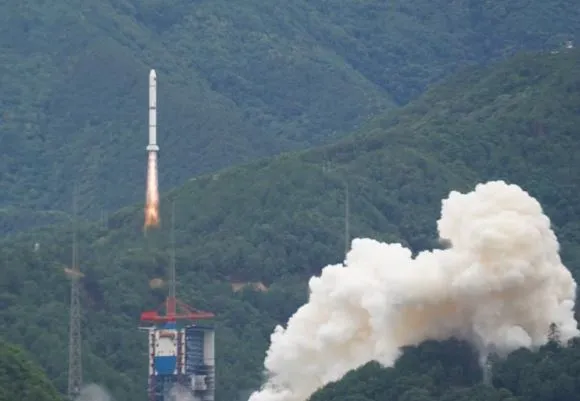China on Saturday launched an astronomical satellite, the result of nearly 20 years of hard work between Chinese and French scientists, to capture gamma-ray bursts which flicker like fireworks in the farthest reaches of the universe, Xinhua reported.
The satellite, the Space-based Multi-band Variable Object Monitor (SVOM), was launched by a Long March-2C rocket at 3:00 p.m. (Beijing Time) from the Xichang Satellite Launch Centre in southwest China’s Sichuan Province, according to the China National Space Administration (CNSA).
The satellite has been sent into an orbit over 600 kilometres above Earth and has a designed life of five years, though scientists expect it could be operational for as long as 20 years.
“We are looking forward to some important discoveries, such as the earliest gamma-ray bursts that occurred when the universe was still in its childhood, which will help us study cosmic evolution,” said Wei Jianyan, who is SVOM’s Chinese principal investigator and works at the Chinese Academy of Sciences’ National Astronomical Observatories.
Bertrand Cordier, SVOM’s French principal investigator who works at the French Alternative Energies and Atomic Energy Commission, said, “By using the gamma-ray bursts as a tool to observe the early universe, we can observe maybe the first stars. This is very interesting because this is the only way to get information about the universe at this age.”
Four scientific instruments are installed on the satellite, two of which have been developed by China and two by France. The four instruments can realise a large field of view and high-precision observation.

